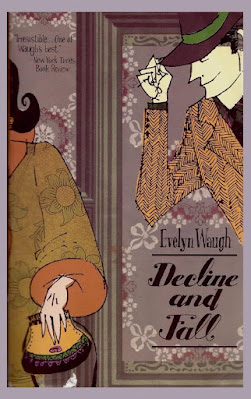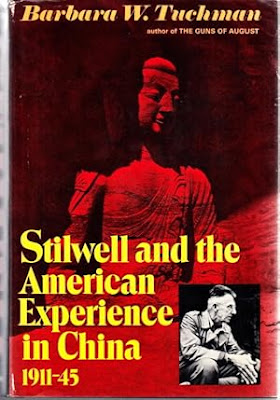Initiative is a word you see a lot in military contexts. Aggressive generals seize it, unsuccessful ones fumble it, wargamers even roll for it. In Chancellorsville, Stephen W. Sears examines a major U.S. Civil War battle decided to an almost unfair degree by initiative.
On paper, it should have been a Union victory. Their usual advantage in numbers was increased when a key Confederate force was pulled away from Robert E. Lee’s command, giving the North a 2:1 edge in troops.
Learning from the mistakes of his Federal predecessors, Joseph Hooker tried something different from the usual frontal assault into entrenchments. He employed an ambitious sidelong thrust utilizing telegraph wire and secret river crossings. For a while, it was even working.












































